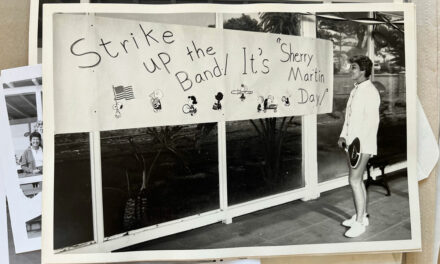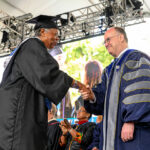
The Process of Being Seen and Seeing Ourselves
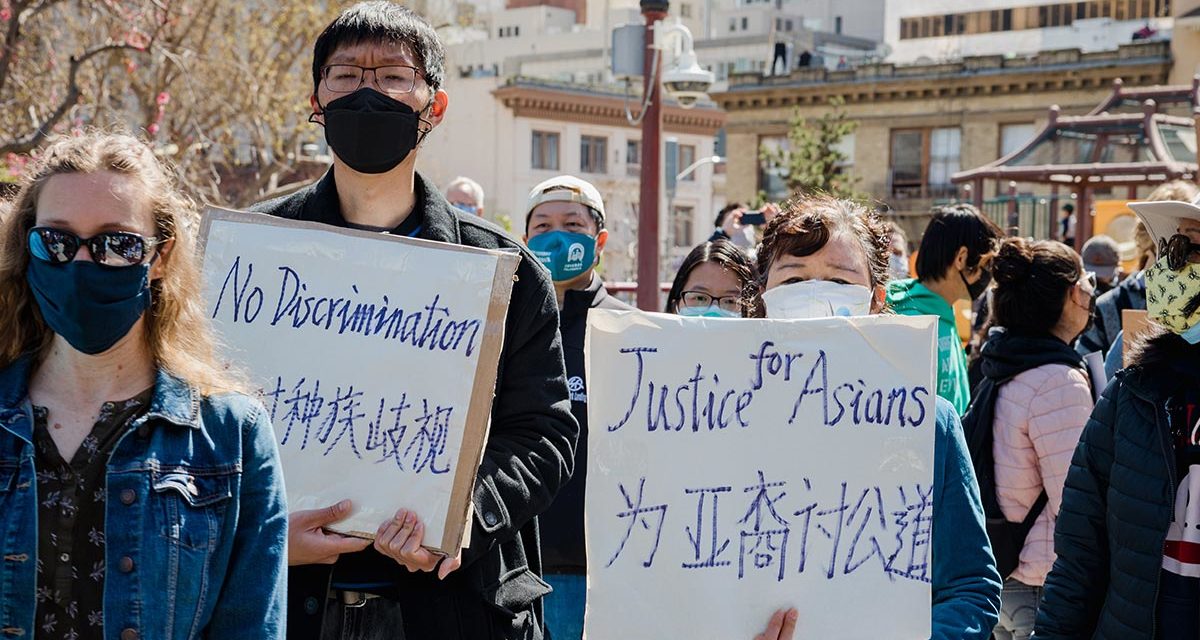
The Process of Being Seen and Seeing Ourselves
The Asian-American and Pacific Islander Experience
BY DAVID YEE
Upper School English Teacher
Incoming Interim Director of Service Learning & External Engagement
Ever since 1979, at least a part of May has been devoted to the recognition of Asian/Pacific American Heritage, and ever since 1992, the entire month of May has been officially designated Asian/Pacific American Heritage Month as it recognizes two important dates in history: May 7, 1843, the date when Japanese immigrants were first recorded arriving in the United States and May 10, 1869, the day that the first transcontinental railroad was completed at great expense to the Chinese-Americans who labored to complete it.1
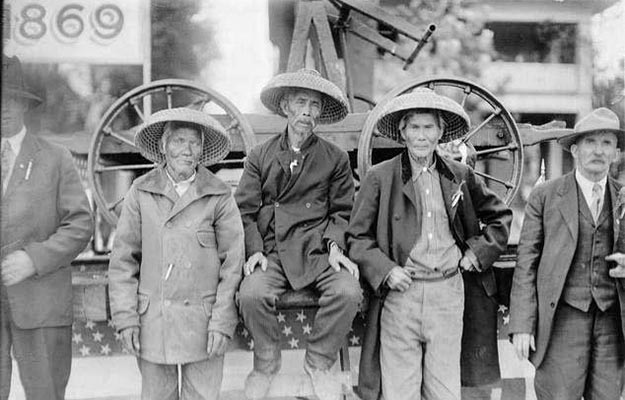
Chinese railroad workers in 1869
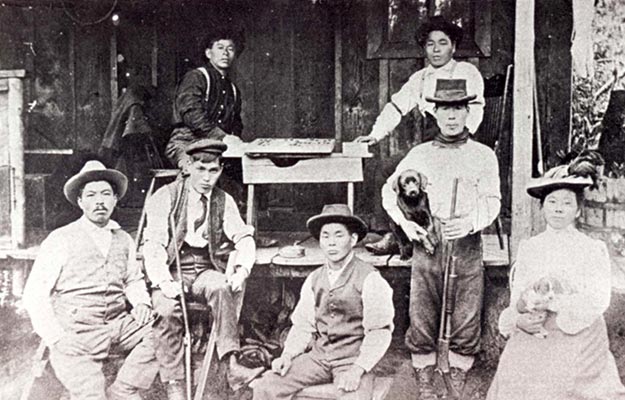
Japanese immigrants working in a railroad camp, ca.1895
At the same time, a recent class conversation sticks out to me. In the midst of teaching my class on Asian-American literature, I had mentioned that May is Asian/Pacific Heritage Month. One of my Asian-American students, a senior, told me that he didn’t know that. It’s easy to presume that his lack of knowledge was an anomaly, that most Asian-Americans would know of their history month. However, my own life experience tells a different story: before beginning work in education, I myself did not know about this month, nor did many in my family. In the end, while the month is meant to pay homage to those Asian-Americans and Pacific Islanders that helped to build the United States brick-by-brick, these bricks seem to go unnoticed by the majority of Americans, even those that are meant to be celebrated.
Part of this lack of awareness is due to the history of Asian-American and Pacific Islander immigration to the United States. Prior to 1965, the United States engaged in strict quota systems of immigration overall, and people from Asia suffered the strictest quotas. Chinese people were and continue to be the only nationality of people ever formally excluded from travel and immigration to the United States, and this ban lasted for almost eighty years. Asian families who lived through this era of American history endured racism and segregation that brought along, among other things, the advent of Chinatowns and other ethnic enclaves. It is this group of immigrants and their progeny that, inspired by the civil rights movement, birthed the term Asian-American for the first time in the 1960s. A group of people who lived and contributed to American history decided, for the first time, to identify themselves as such.
However, the Immigration and Naturalization Act of 1965 brought a new wave of immigration spurred on by the abolition of quotas based on race or nationality. All of a sudden, people from all over the world could bring their own histories to this country and their own hopes. Without the voices of previous generations of immigrants to tell them the stories of history, they could not hear the experiences of Chinese immigrants in the first Chinatowns passed down to them. Many of these new immigrants would come from new areas and new countries and so actually would not share much culturally with prior immigrants.
For years, my students have told me that the Asian-American experience in history class has been learning about the Chinese Exclusion Act and Japanese Internment. The same was also true of my experience in school.
Without a connection to a common history and with varying ties to the United States, the connection to an Asian-American/Pacific Islander (AAPI) community, let alone a month to celebrate it, are often varied. However, the advent of COVID-193 and its association with China has put a spotlight on the fact that those in the AAPI community can see themselves as individuals with their own complex identities, but that those in the wider world around them may only see something foreign. The events of the past year, in fact, have put a spotlight on how vulnerable a group becomes without this commonly understood sense of belonging that is rooted in history.
The United States, along with a few other countries with large Asian populations, have seen a marked rise in anti-Asian sentiment and hate speech. According to the Pew Research Center, about 4-in-10 Americans report that it is more common for people to express racist views about Asian people now than it was before COVID-19. The same report states that Asian-Americans are more likely to suffer the sting of racial slurs, and since this report’s publication in July 2020, the world has witnessed an increase of violent crimes against the Asian-American community, including the attacks on elderly Asian-Americans and the shootings in Atlanta. As of April 2021, this has resulted in a one-third of Asian-Americans fearing physical and verbal threats and the belief that such threats are becoming more commonplace.4

South Korean born American actor Steven Yuen, who starred in the Golden Globe winning movie, “Minari,” written by Lee Isaac Chung. [Photo: Gage Skidmore]

Chinese director Chloe Zhao, the first person of color to win an Oscar for best director for the film “Nomadland.” [Photo: Gage Skidmore]

Japanese-American basketball player, Rui Hachimura, on the Washington Wizards [Photo: All Pro Reels]
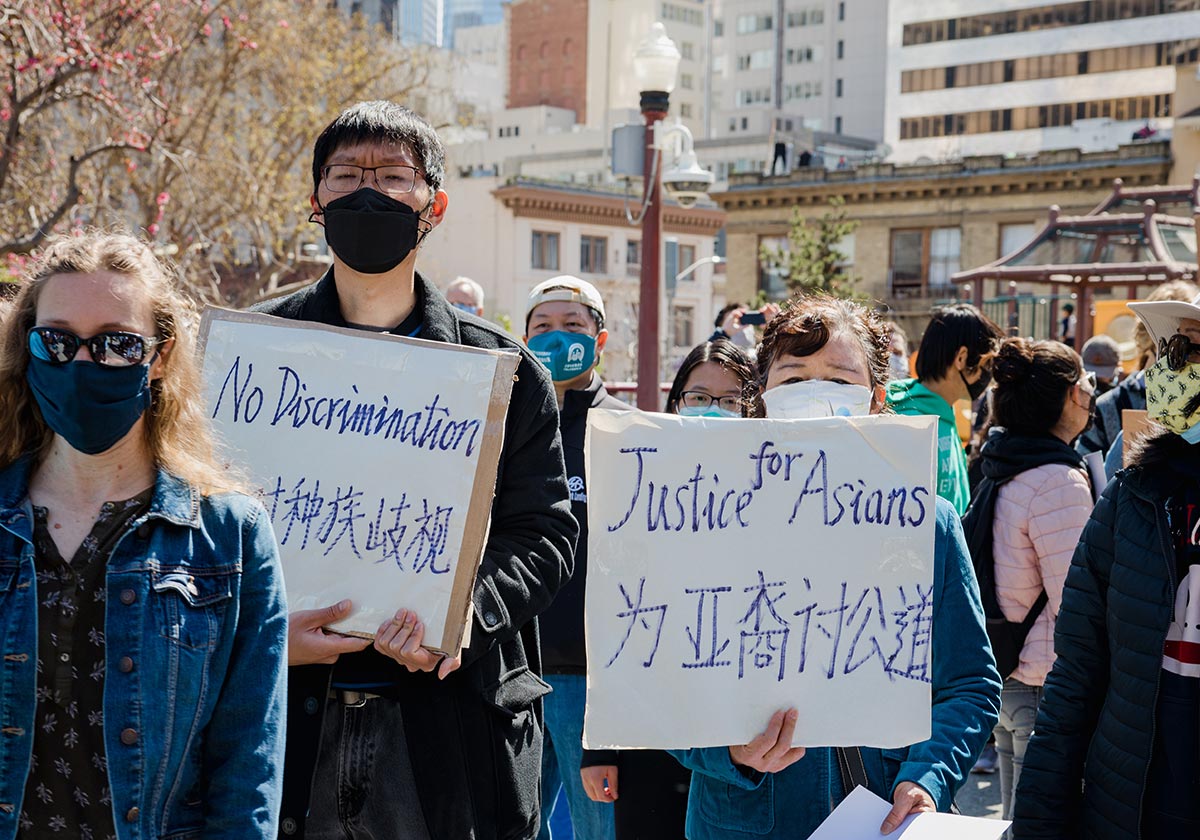
Though SSSAS has not been immune to the challenges of the world around us, the school has been working to be more conscious of the struggles of those within its walls. Student groups like the Student Committee on Racial Equity (SCORE) have made it their mission to make the issues of the invisible more visible to all. Forums that they have held have helped to bring some visibility to the slights that people have experienced even before the pandemic, and have helped to illustrate that the tolerance and normalization of such behavior before the pandemic allowed for the escalation that has occurred during it. Our advisory program centered around the racial lens of Diversity, Equity, Inclusion, and Belonging has discussed microaggressions, putting the experience of Asian-Americans and Pacific Islanders at the center of understanding that small everyday slights do not stay small in the experience of the person living with them. While I can’t say that this response has completely transformed the experience of our students and faculty, and I can definitely say that there is further work to be done, I can also say that these actions are the first time we as a school have centered these experiences in my time at the school, and this is a start.
I can also say that this is the first time that I can recall so much energy within the Asian-American/Pacific Islander community at the school to act in its own interests. We are still individuals, unwilling to speak for large swathes of experiences that are not our own, but in 2021, the AAPI community is bounded by a clearer common experience than perhaps any time I can remember. The power of this common experience is something I see in my students at the school as they work to question and change their world to see them in the full light of their humanity. Despite the lack of a commonly understood history and commonly understood ways forward, this year has brought forth many conversations on how to work together towards a common goal: a sense of safety, a sense of belonging in one’s own home and in one’s own skin.
The month of May is meant to celebrate the accomplishments of Asian-Americans and Pacific Islanders throughout U.S. history, and this year it is more important than ever to remember those contributions, to remind us that Asian-American does not mean foreign. I hope, however, to look back on our present moment as a time when people started to see the problems that those in the AAPI community endure and begin to fix them—together. That would be something truly worth celebrating.
1Wood, M. (2012, April). Asian/Pacific American Heritage Month | Law Library of Congress [Web page]. www.loc.gov/
2Lee, E. (2016). “The Making of Asian America: A History.” Simon & Schuster.
3Ruiz, N. G., Horowitz, J. M., & Tamir, C. (2020, July 1). Many Black, Asian Americans Say They Have Experienced Discrimination Amid Coronavirus. “Pew Research Center’s Social & Demographic Trends Project.”
www.pewresearch.org
4Ruiz, N. G., Edwards, K., & Lopez, M. H. (2021, April 21). One-third of Asian Americans fear threats, physical attacks and most say violence against them is rising. “Pew Research Center: Fact Tank.” www.pewresearch.org
Voices from Our Community
On starting conversations on anti-AAPI hate…
~Christopher Yu ’21
~Jonathan Kho ’23
~Elinor West ’21
On the growing pains of our current moment…
~Calysta Lee ’23
~Elinor West ’21
~Anonymous ’24

